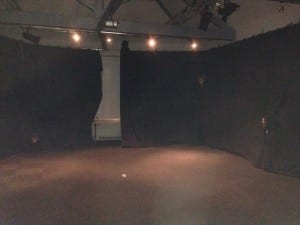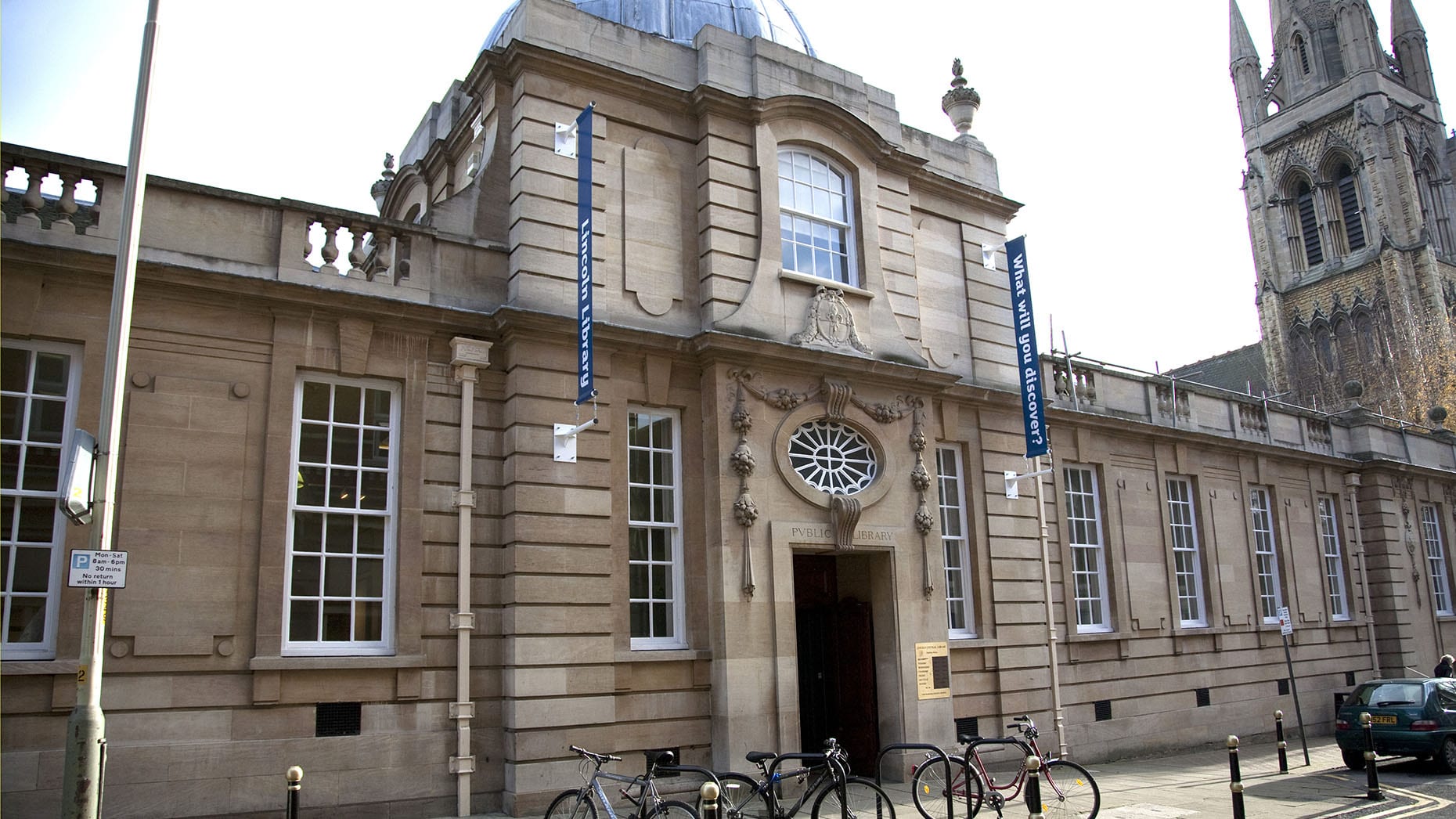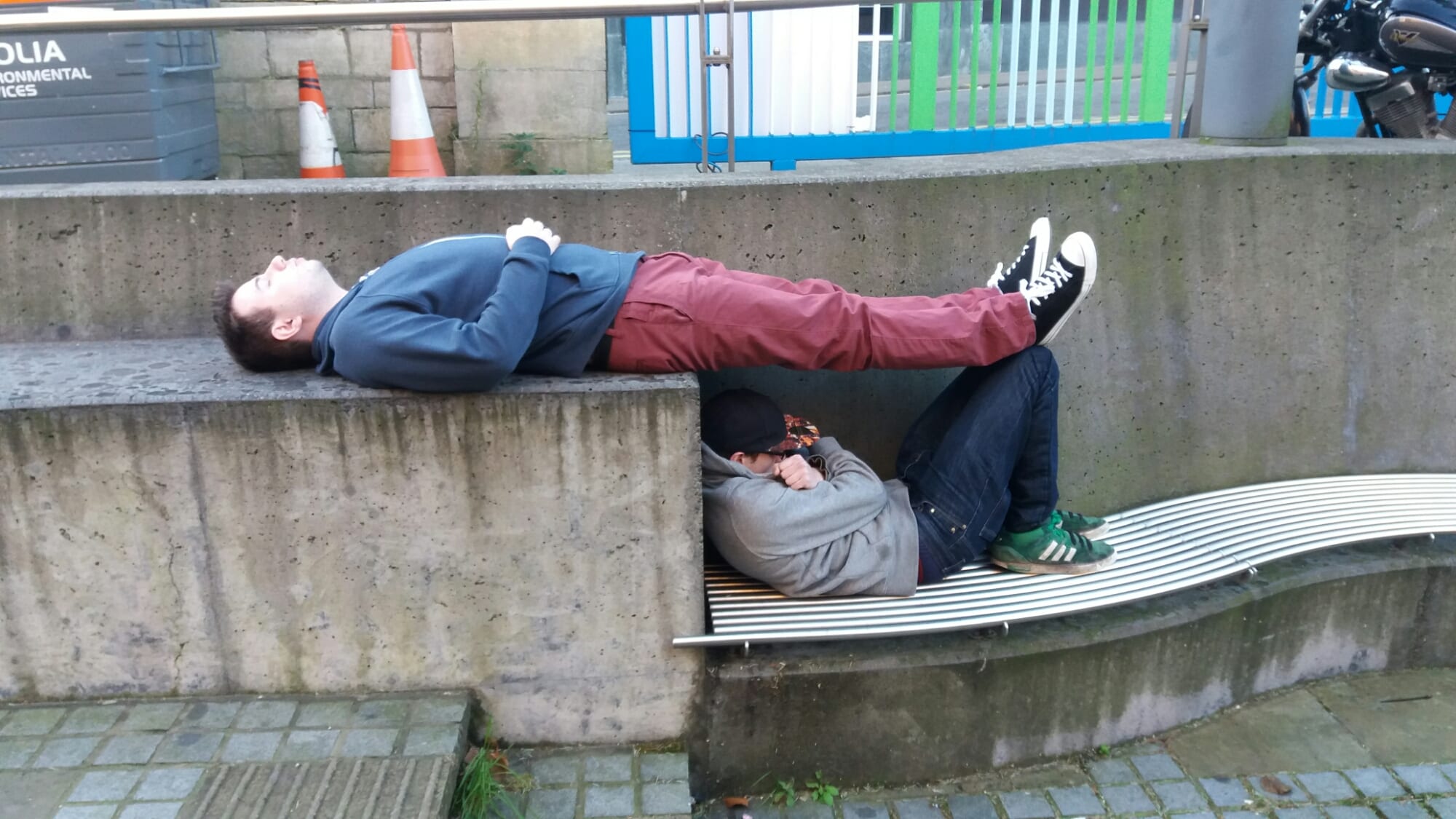2 weeks ago, the peers and I were asked to form ourselves into pairs and explore ‘drifting’. Sophie Warren and I could not decide where to go from our starting point (The Drill Hall). Therefore, to begin our drifting, we flipped a coin to choose which way to go and we did this every time we approached different directions. Our drifting ended when we ended up in the Lincoln public library. I think walking down a place where you barely walk down allows you to open your mind and take note of the different surroundings.
Month: February 2016
Performance and space; a response to “Teaching performance studies: 25 instructions for performance in cities” by Carl Lavery
As performers we all have a subconscious relationship with theater and the stage. without even knowing we transform ourselves into characters, adopting a new form of presence and speech completely different to that of our everyday lives. Site specific performance aims to change our perspective of what we define performance space as. In his article “Teaching Performance Studies: 25 instructions for performance in cities” Carl Lavery explores just how influential a connection between the performer and his space is. Lavery instructs performers that they must “Allow the city to penetrate your senses, your skin” (Lavery, 2005, 5.) This simple instruction puts the relationship of actor and space into a completely new perspective. As an actor my relationship with the space in which we create theater has always been a platform to create work rather than another element in that process, a stage has always been a platform to walk across and a theater just a building to perform inside of. Beginning to explore site specific performance has changed this perspective completely. Lavery’s article tells us that we must look at space not as something to perform on or around but as another tool in our artistic arsenal.
This attitude towards performance space seems highly appropriate to the Drill Hall; At first the idea of creating site specific inside of a working theater seemed rather contradictory as it seemed the whole purposes of this style of theater was to allow us to experience drama away from the conventions of the stage and theater. however with a building so rich in both personal and cultural history, developing a strong relationship with the space is vital to capturing its character in our work. the room upstairs is a perfect example of an actors relationship with space; instantly we are drawn towards the large black box performance space rather than the conference room adjacent to the performance area. the space adjacent to the this black box has appeared to be a much more interesting space to create sit specific performance around. its previous history as a gentlemen’s club and its current use as a children’s play group provides an interesting juxtaposition to create theater around. 
Teaching Performance Studies by Carl Lavery
Rob Anthony and I chose one of the 25 instructions from Lavery’s article. We chose the one where we explored Lincoln by improvising stories about the people caught on the camera (video is yet to be published).
Instead of walking through our routine paths, we wandered through a route which we were not too familiar with. Leading to the idea of ‘drifting’ I think walking down a place where you barely walk down allows you to open your mind and take note of the different surroundings.

